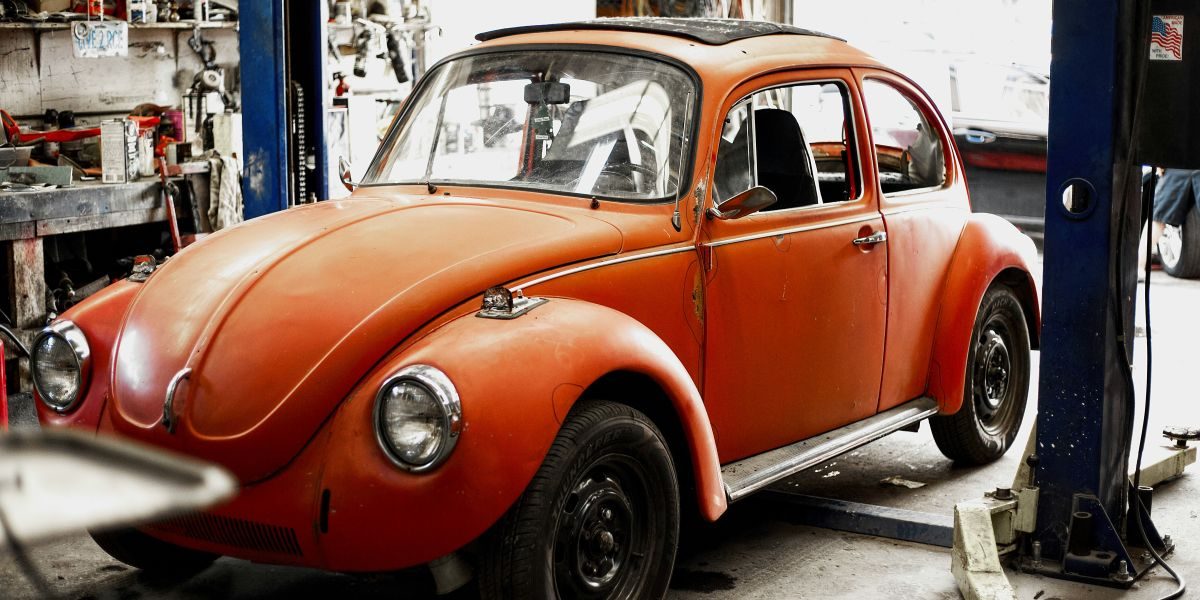For most people, a car is simply a means of transportation, carrying them from point A to point B. For others, it’s more than that—it might be an artifact of history, a piece of art, or a cherished memory. The latter group often finds itself drawn into the rewarding world of automotive restoration, working to revive an aging automobile close to its former glory. The decision to restore a car, especially an older model, isn’t always a pragmatic one; it’s frequently influenced by a mix of passion, personal attachment, and respect for automotive heritage.
Sentimental value is often the strongest reason to restore a car. It could have been a family car, a vehicle from your youth, or one that represents an important period in your life. Restoring a car is, in a way, preserving a tangible piece of personal history. It’s about reviving memories, reconnecting with the past, and creating something that can be passed down for generations. For many enthusiasts, the satisfaction of seeing a beloved but neglected car—rusty, dormant, and barely functional—return to life often outweighs the financial investment required for the restoration.
Beyond sentimentality, another motivating factor is the timeless beauty and innovative designs found in older vehicles. Cars from past eras often stand out with their unique styling and intricate details, features that are less common in many modern mass-produced vehicles. From the sweeping fenders of a classic 1930s car to the powerful roar of a 1960s muscle car, these vehicles can be seen as mechanical sculptures. Restoration, then, becomes a way to preserve these examples of automotive art, ensuring they continue to be admired and enjoyed for decades. It’s not just about the car itself—it’s about honoring a notable part of design and engineering history.
For those who enjoy hands-on projects, classic car restoration offers one of the best opportunities to learn and refine skills. It’s a multifaceted process, covering everything from engine rebuilding and bodywork to electrical systems and upholstery. Each task presents its own challenges, and the skills gained can provide not only practical experience but also a deeper understanding of automotive mechanics and engineering. While problem-solving can be time-consuming, overcoming those hurdles often brings a deep sense of accomplishment. For many, the restoration process is as much about the journey as the result, offering both engagement and a therapeutic escape.
From a financial perspective, restoring a classic car can sometimes be a worthwhile endeavor. While not every restoration yields a profit, certain models may gain significant value in the collector’s market when carefully restored. The rarity of specific vehicles, combined with the demand for high-quality restorations, means that a well-executed project could result in a notable return on investment. Collectors typically seek cars that are either in pristine original condition or have been restored with meticulous attention to factory specifications. Documenting the restoration process with receipts and photographs can further enhance the vehicle’s value, potentially turning a passionate project into a strategic investment for those looking to sell.
Finally, driving a restored car offers a distinctive experience that’s hard to replicate in modern vehicles. It’s the unmediated connection between driver and machine—the sounds, the smells, and the tactile feedback—that tells a story of its own. It’s a return to a bygone era of driving, where every journey feels special. Whether it’s weekend drives, car shows, or simply enjoying the vehicle for personal pleasure, restoring a car means actively engaging with automotive history rather than just observing it.
Published by Jeremy S.


















